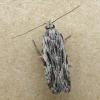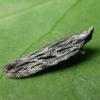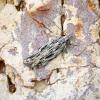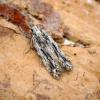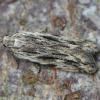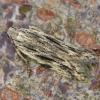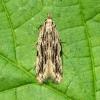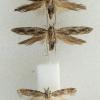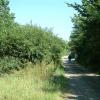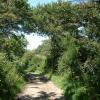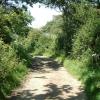35.0191 Anarsia innoxiella Gregersen & Karsholt, 2017
Status and Distribution
In 2017, Gregersen & Karsholt published a paper introducing Anarsia innoxiella as a species new to science (see under A. innoxiella in Publications - Published Papers, on this site). It had previously been present, undetected, within the species Anarsia lineatella.
Following extensive checks, including advice and assistance from one of the paper's authors, a good number of records of A. innoxiella in southern England have been confirmed from photographs, although more await confirmation.
The first known record was in Walberton, West Sussex on 2nd August 1991 (J T Radford, under A. lineatella). The specimen has subsequently been critically examined by Tim Freed and relates to A. innoxiella. It is now well established but local in south-east England and continues to slowly extend its range to the west and northwest (new to Wiltshire and North Lincolnshire in 2018, Berkshire and East Gloucestershire in 2019 and Leicestershire in 2020).
Most former light-trapped specimens of Anarsia lineatella are thought likely to refer to A. innoxiella. However, as A. lineatella has on occasions been attracted to light, any previous records under A. lineatella cannot, without a supporting photo or specimen, be automatically ascribed to A. innoxiella.
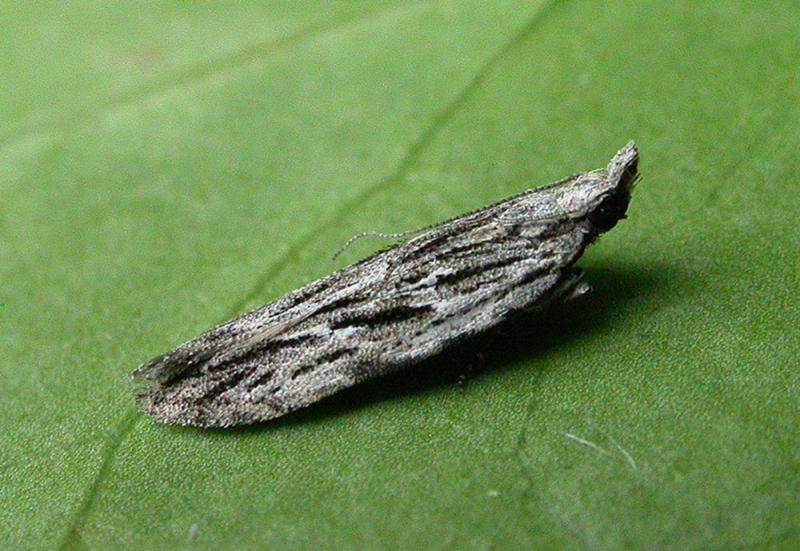
Provisional map
Foodplant and Larval Feeding Signs
In Europe this species is associated with Acer species, particularly Acer campestre (field maple).
Habitat
Finding the Moth
Searches for spun leaves from April to early June, with the aim of rearing the larva through, will hopefully prove that the species is resident in Britain.
Similar Species
See under Anarsia lineatella.
Occurs at light from the end of June to mid-August and is presumably single brooded. In 2009 it was recorded at light in late May and there is also a record of an imago found on the Channel Islands on the 9th September 1962; the latter however gives no details as to the circumstances of its capture.
There are still many records of light-trapped Anarsia lineatella on county databases submitted prior to the split of the two species. Recorders should contact their County Moth Recorder to advise if they are able to update the identification by reference to a specimen or a good photo. If this is not possible the record is best considered unconfirmed.

